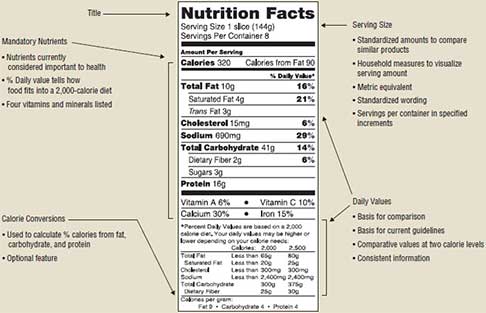FOOD LABELING

Are you a victim of buying healthy? Food labels can be misleading and lure you into buying products with false health claims. If the ingredients include refined grains, a type of sugar, or hydrogenated oils, you can assume that the product is unhealthy. Manufacturers try to deceive consumers into thinking that the food has fewer calories and less sugar.Many people are unaware of this serving size scheme, assuming that the entire container is a single serving which may be only 2 or 3 servings. The nutritional value of what you’re eating, you need to multiply the serving given on the back by the number of servings you consumed.The word natural juice or natural product does not necessarily mean that the product resembles anything natural. It simply indicates that at one point the manufacturer worked with a natural source like wheat or apple.Made with whole grains.
The product may contain very little whole grains. Check the ingredients list. The whole grain must be hardly any.Sugar goes by forms — making it difficult for common people to recognize. barley malt, molasses, cane juice crystals, lactose, corn sweetener, crystalline fructose, dextran, malt powder, ethyl maltol, fructose, fruit juice concentrate, galactose, glucose, disaccharides, maltodextrin, and maltose are some forms of sugar.
Understand nutrient content claims.
A zero-calorie product can actually contain up to 4 calories per serving.
A fat-free product can contain up to 0.5 grams of fat per serving.
A low-fat product can have as much as 3 grams for solid products and 1.5g for liquid products.
